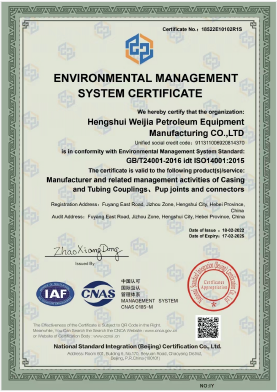- Afrikaans
- Albanian
- Amharic
- Arabic
- Armenian
- Azerbaijani
- Basque
- Belarusian
- Bengali
- Bosnian
- Bulgarian
- Catalan
- Cebuano
- Corsican
- Croatian
- Czech
- Danish
- Dutch
- English
- Esperanto
- Estonian
- Finnish
- French
- Frisian
- Galician
- Georgian
- German
- Greek
- Gujarati
- Haitian Creole
- hausa
- hawaiian
- Hebrew
- Hindi
- Miao
- Hungarian
- Icelandic
- igbo
- Indonesian
- irish
- Italian
- Japanese
- Javanese
- Kannada
- kazakh
- Khmer
- Rwandese
- Korean
- Kurdish
- Kyrgyz
- Lao
- Latin
- Latvian
- Lithuanian
- Luxembourgish
- Macedonian
- Malgashi
- Malay
- Malayalam
- Maltese
- Maori
- Marathi
- Mongolian
- Myanmar
- Nepali
- Norwegian
- Norwegian
- Occitan
- Pashto
- Persian
- Polish
- Portuguese
- Punjabi
- Romanian
- Russian
- Samoan
- Scottish Gaelic
- Serbian
- Sesotho
- Shona
- Sindhi
- Sinhala
- Slovak
- Slovenian
- Somali
- Spanish
- Sundanese
- Swahili
- Swedish
- Tagalog
- Tajik
- Tamil
- Tatar
- Telugu
- Thai
- Turkish
- Turkmen
- Ukrainian
- Urdu
- Uighur
- Uzbek
- Vietnamese
- Welsh
- Bantu
- Yiddish
- Yoruba
- Zulu
api casing sizes
Understanding API Casing Sizes A Comprehensive Guide
API casing sizes are a critical aspect of the oil and gas industry, particularly in the drilling and completion phases of well construction. The American Petroleum Institute (API) has established a standardized system that defines these casing sizes, ensuring compatibility and safety in drilling operations worldwide. In this article, we will explore the importance of API casing sizes, the different types available, and their applications.
What is API Casing?
API casing is a type of pipe that is used to line the borehole after drilling. Its primary purpose is to stabilize the wellbore, prevent the collapse of the surrounding formation, and protect groundwater resources. Proper casing is essential to ensure the integrity of the well, help in production operations, and facilitate maintenance and control of various downhole conditions.
Sizes and Specifications
API casing sizes are specified in inches, with several standard diameters in use, ranging from 4.5 inches to 20 inches and beyond. The casing is categorized into different grades, which denote its strength and suitability for various applications. Common grades include K55, L80, and P110, each designed to withstand specific pressures and environmental conditions.
The sizes of API casing are further broken down into weight classifications, with heavier casings being employed in deeper wells or high-pressure environments. The weight of the casing is crucial since it affects the well’s overall structural integrity and the materials used during the drilling process.
Types of Casing
There are several types of casing in the API classification system, including
api casing sizes

1. Surface Casing This is the first layer of casing installed after the initial drilling. Its primary purpose is to protect groundwater aquifers and provide stability for the drilling operation.
2. Intermediate Casing This type is used in areas where additional support is required, especially when drilling through challenging geological formations.
3. Production Casing The final casing layer, production casing is designed to facilitate the flow of oil and gas from the reservoir to the surface. It often contains perforations to allow hydrocarbons to enter.
4. Liner A less extensive option, liners are used to extend the casing but do not reach the surface. They provide additional support without the necessity of a complete casing section.
Importance of Standardization
The API's standardized sizing system allows for consistency and interoperability among different manufacturers and operators. This uniformity is crucial for ensuring that casing fits properly within the well and can withstand the various forces encountered during drilling and production. Moreover, standardized sizes facilitate easier procurement and inventory management.
Conclusion
Understanding API casing sizes is fundamental for anyone involved in well construction and management within the oil and gas sector. Proper selection and installation of casing not only ensure well integrity but also maximize production efficiency and safety. As technology and techniques evolve, staying informed about API standards is essential for successful operations in this dynamic and challenging industry.
-
Well Casing Extension Couplings – Applications and InstallationNewsJun.06,2025
-
Types of Crossover Subs in Drilling & CompletionNewsJun.06,2025
-
Key Features of High-Quality Tubing Pup JointsNewsJun.06,2025
-
Installation and Maintenance Tips for Steel Couplings for PipeNewsJun.06,2025
-
How to Select the Right Pup Joint for Oil & Gas OperationsNewsJun.06,2025
-
Applications of Stainless Steel Pipe CouplingsNewsJun.06,2025







